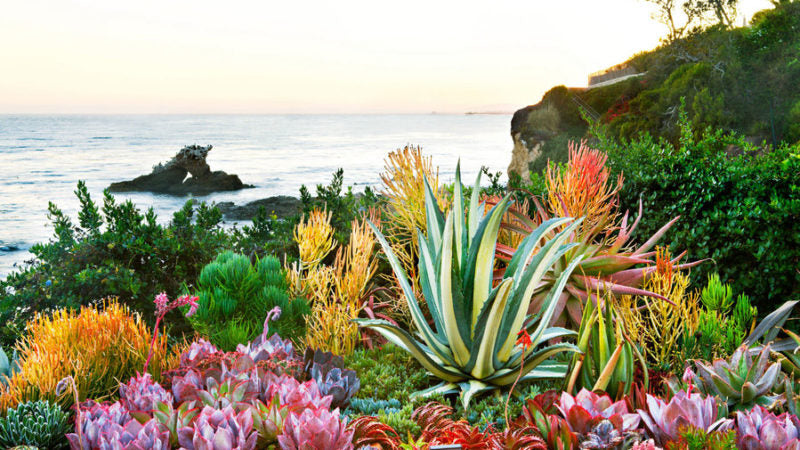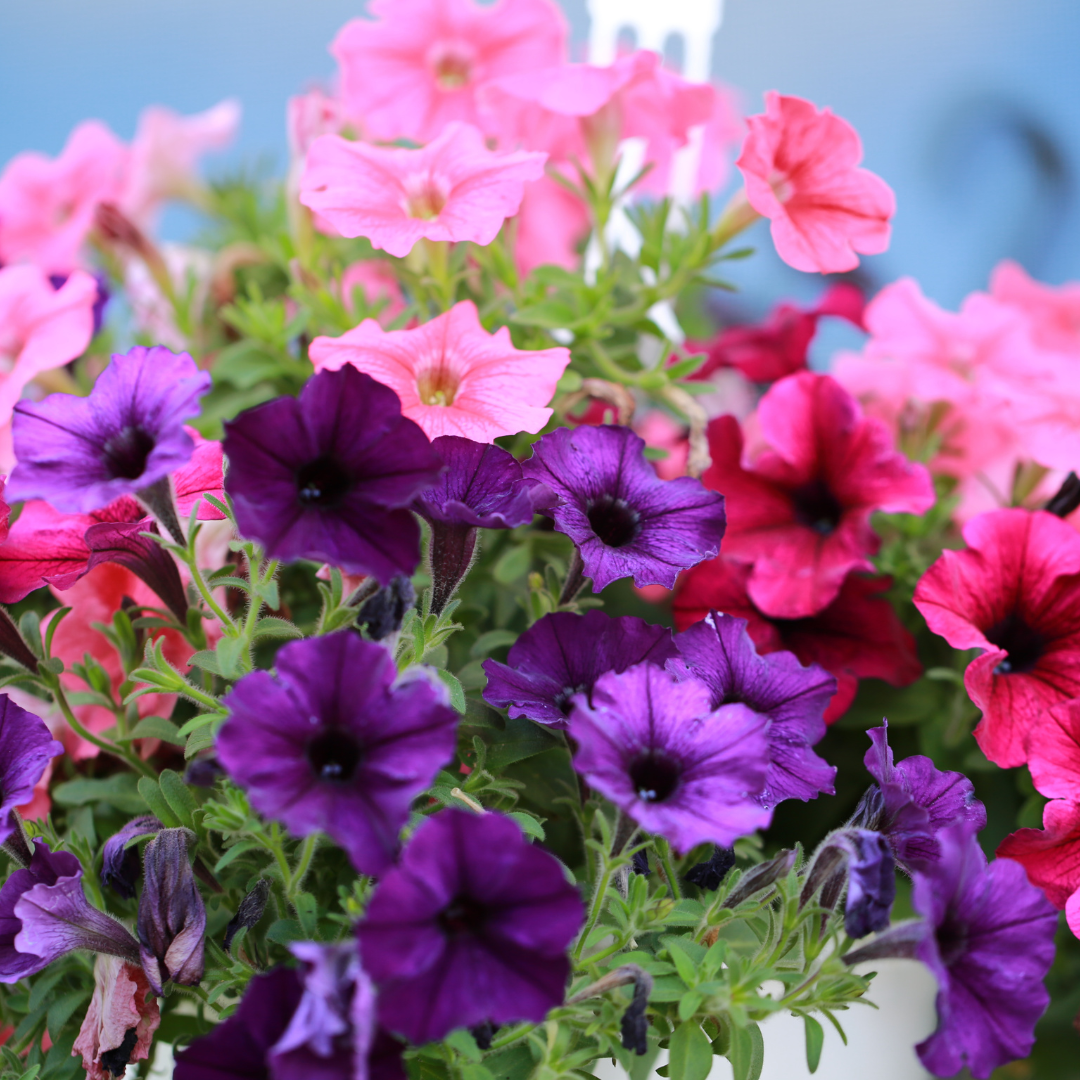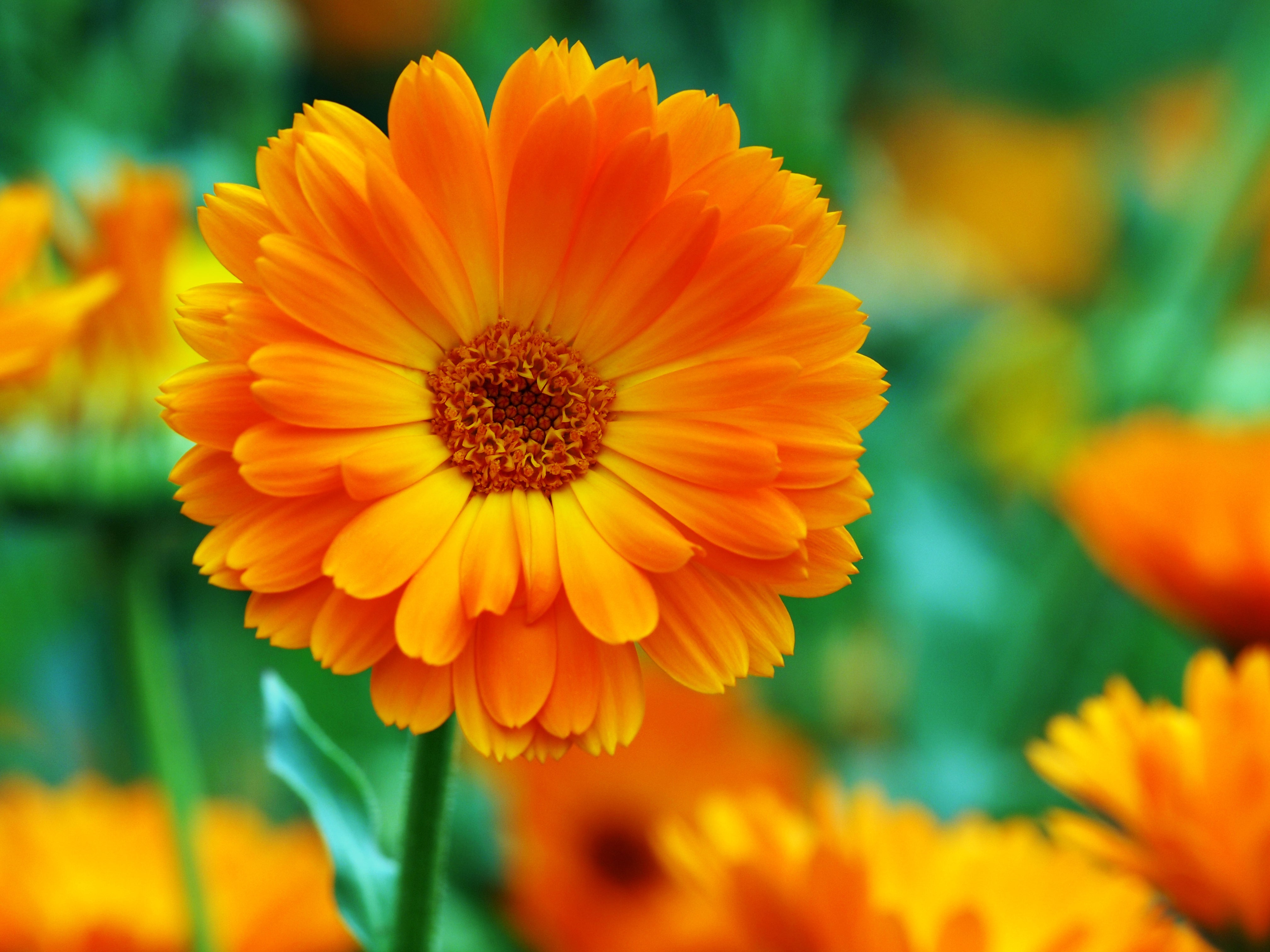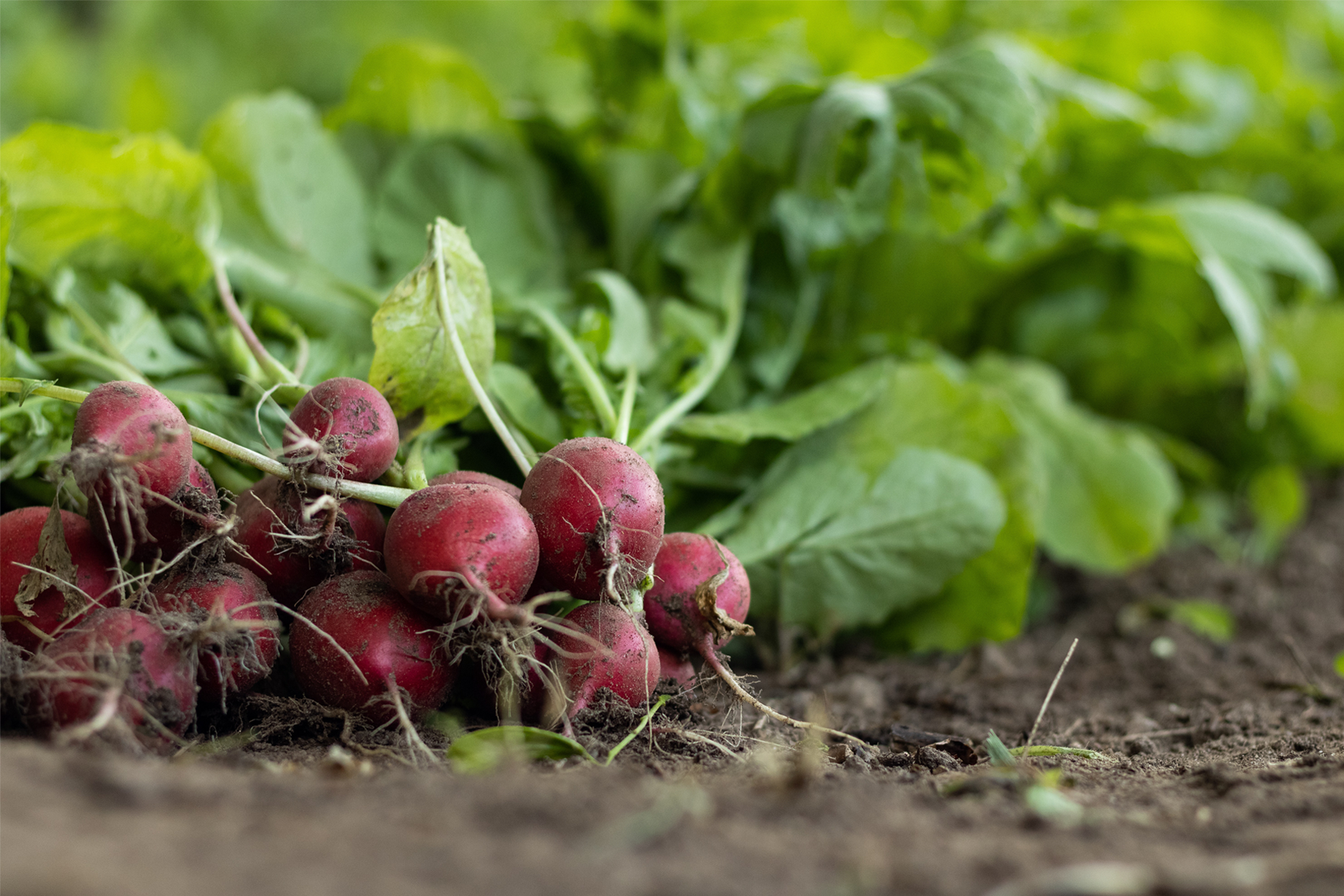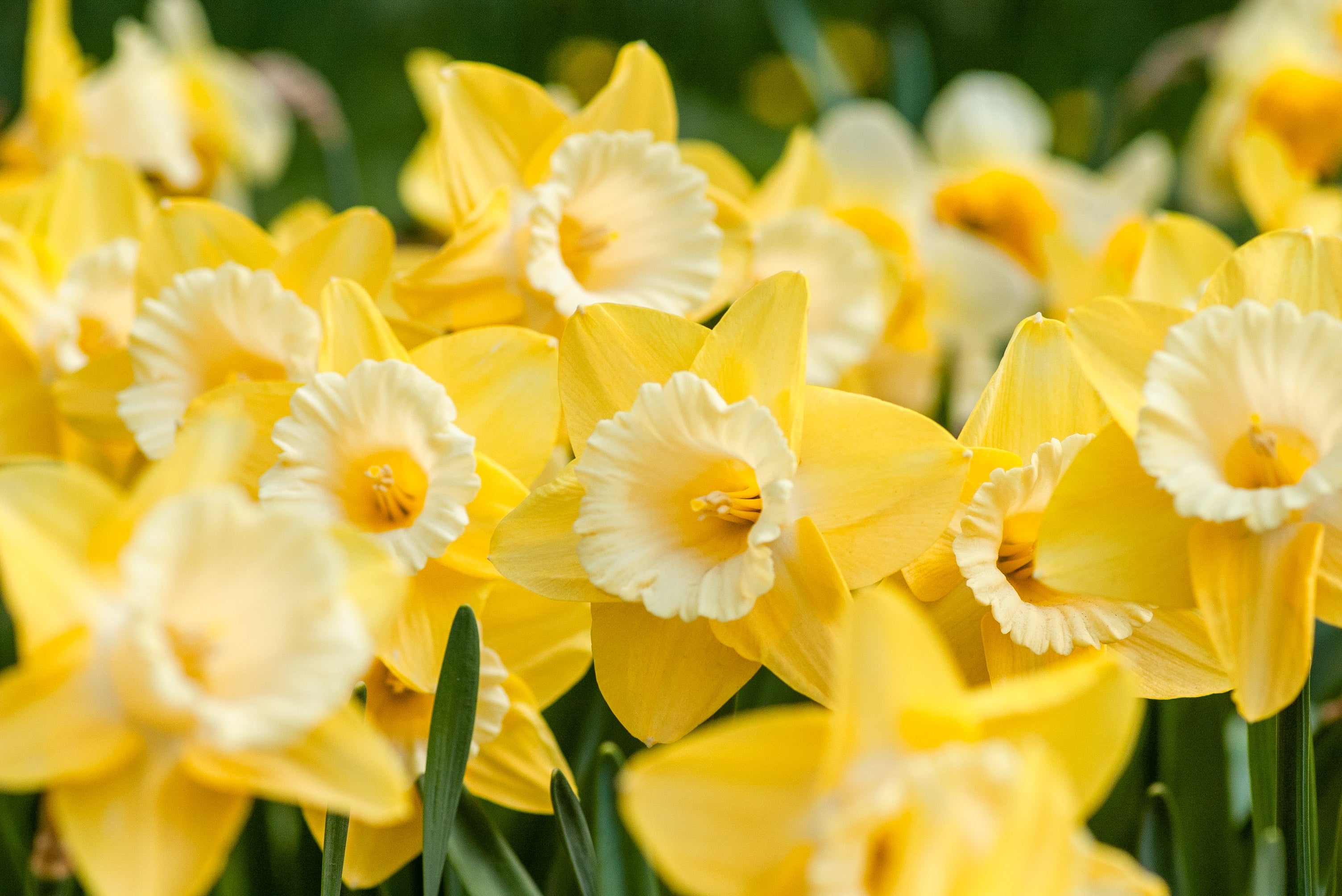The pohutukawa, with its deep crimson flowers in December, would be New Zealand’s best known coastal plant. Against a backdrop of the sea, coastal gardens are stunning. Many New Zealand native plants thrive in coastal areas.
Planting
The New Zealand coastline has many sheltered bays, but some coastal areas are exposed to salt laden winds that damage many plants. The key to success is planting an effective shelter to protect plants less tolerant of salty breezes. Soils in coastal areas are variable. More than likely they are sandy light soils, but can also be clay. An advantage of being near the coast is the abundance of seaweed to help improve poor soils.When to plant
The best time to plant is in autumn to capture as much of the winter rain as possible so plants are established before summer.How to plant
It is important to add plenty of compost, mulch and organic material to the soil before planting. Dig the planting hole twice the width and depth of the root ball. Add Blood & Bone or Sheep Pellets to the planting hole and mix in well. Soak the plant in a bucket of water before planting. Remove the plant from its container, run a sharp knife down the root ball in several places to encourage new roots. Place the plant in the hole and firm soil around it. Plant to the depth of the plant’s original container. Water well. Erect a temporary brush shelter to give protection and help plants get established. After strong winds, hose new plantings down to wash the damaging salt off them.Mulching
For plants to thrive in coastal situations, mulching is very important. Mulch in late winter or early spring and again in mid-summer. Mulching keeps weeds down, retains soil moisture and improves the soil structure. If you are using seaweed as mulch, soak in fresh water for a day before putting on the garden to wash out excess salt.Watering
Regular watering will be required to get plants established. Deep watering once a week is more effective than light watering.Feeding
Apply Sheep Pellets or General Garden Fertiliser at the recommended rate in spring. Water fertiliser in well. Sandy soils will need another application in mid-summer as fertiliser leaches out of the soil easily.Staking
To get trees and shrubs established in exposed situations, make sure they are securely staked. Place stakes in at planting time, rather than later, so there is minimal root disturbance.What to plant
Trees
Trees and shrubs act as a barrier to drying salt laden winds. Once the shelter is established other plants can be planted. Acacia (wattle), arbutus unedo (strawberry tree), banksia, norfolk pine (araucaria), buddlea, callistemon (bottle brush), casuarina (sheoke), cordyline australis (cabbage tree), cupressocyparis, grevillea robusta (silky oak), griselinia, lagunaria (Norfolk Island hibiscus), leucadendron, melaleuca, metrosideros (pohutukawa), meryta (puka), ngaio (myoporum), phebalium, pittosporum, pseudopanax, protea, puriri (vitex lucens), tamarix, westringia, virgilia.Shrubs
Adendandra, ceanothus, cistus (rock rose), coprosma, corokia, cotoneaster, cupressus, grevillea, hebe, hibiscus, lavender, leptospermum (manuka), leucospermum, phormium, pimelia, polygala, sophora (kowhai), raphiolepsis, strelitzia, rosemary, viburnum, xeronema.Climbers
Only very hardy climbers can withstand salt-laden sea air. Bougainvillea, campsis, ficus pumila, hardenbergia, ivy (hedera), podranea (Port St John creeper), pyrostegia (flame vine), solandra, tecomanthe, thumbergia.Bulbs and perennials
Agapanthus, amaryllis, arctotis, arthropodium (renga renga lily), astelia, artemisia, canna lily, coreopsis, crocus, daffodils, freesia, echium, gazania, hemerocallis (day lily), kniphofia, mesembryanthemum (ice plant), nerine, osteospermum, phormium, scilla, sedum, sempervivens, sparaxia, tulips, valerian (centranthus), watsonia, zantedeschia.Annuals
Livingstone Daisy, dimorphotheca (star of the veldt), california poppy (eschscholtzia), calendula, nasturtium, petunia, portulaca. This list is by no means comprehensive. Please ask at your local Palmers store for more information on plants suited to your conditions.
This ‘How To’ Guide has been produced to provide basic information and our experienced staff are available to answer any questions that you may have. Because this guide is of a general nature, neither Palmers nor its staff are responsible for the application of the information, as the contents may need to be modified for individual projects and site applications.

